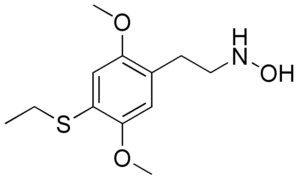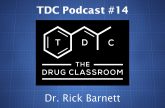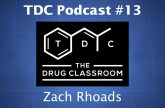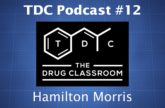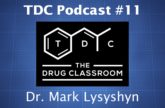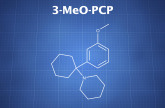 HOT-2 is a psychedelic in the phenethylamine class. It has rarely been used since its synthesis by Alexander Shulgin and little is known about the substance.
HOT-2 is a psychedelic in the phenethylamine class. It has rarely been used since its synthesis by Alexander Shulgin and little is known about the substance.
It is similar in structure to 2C-T-2 and other drugs in the HOT series.
HOT-2 = 2,5-dimethoxy-4-(β-ethylthio)-N-hydroxyphenethylamine; N-[2-(4-Ethylsulfanyl-2,5-dimethoxy-phenyl)-ethyl]-hydroxylamine; 2-[4-(Ethylsulfanyl)-2,5-dimethoxyphenyl]-N-hydroxyethanamine
Dose
Oral (tentative)
Light: 10 – 12 mg
Common: 12 – 15 mg
Strong: 15 – 18 mg
PiHKAL Range: 10 – 18 mg
Timeline
Oral (tentative)
Total: 6 – 10 hours (stimulation may persist for a few more hours)
Onset: 00:20 – 00:40
Experience Reports
Effects
Positive
- Stimulation
- OEVs and CEVs
- Euphoria
- Mood lift
Negative
- Nausea
- Confusion
- Insomnia
- Increased blood pressure
- Increased heart rate
The visual effects may be fairly light and comprised more of basic visual alterations than complex imagery (e.g. geometric patterns). More activity is reported in peripheral compared to central vision.
It has so far been described as a stimulating psychedelic, though not to the point of being uncomfortable.
Pharmacology & Chemistry
It’s a phenethylamine that is very similar to 2C-T-2 in its structure. They differ in that HOT-2 includes a hydroxyl substitution.
History
HOT-2 was first reported by Alexander Shulgin and discussed in PiHKAL (1991).
Since then, barely any reports have appeared and the drug has not been sold on the market.
Legal Status
HOT-2 is not specifically controlled in the United States, but it could be treated as an illegal analog when sold for human consumption.
Safety
Due to a lack of information, it’s not clear how safe the drug is, particularly with repeated use.
It’s best to use common doses, avoid combinations, and minimize your use frequency.










